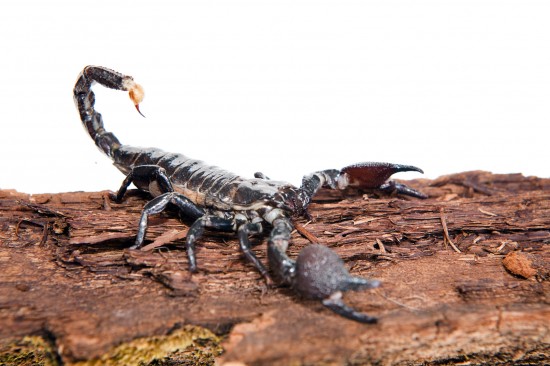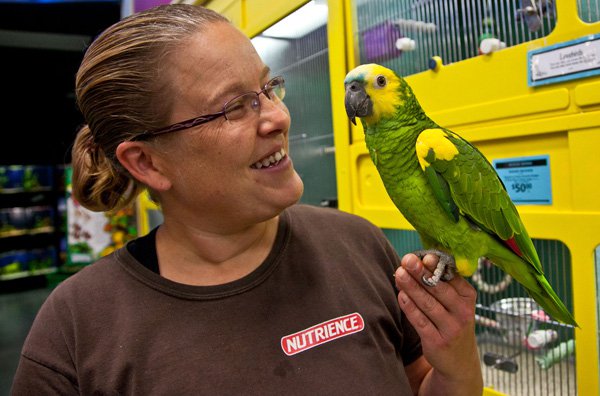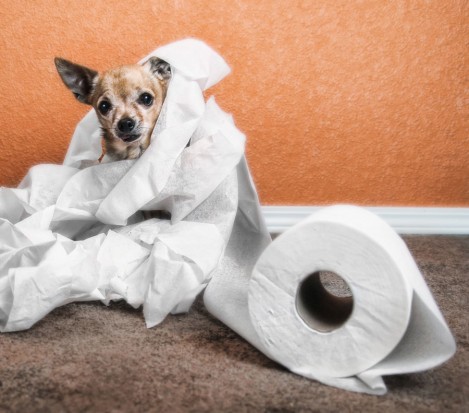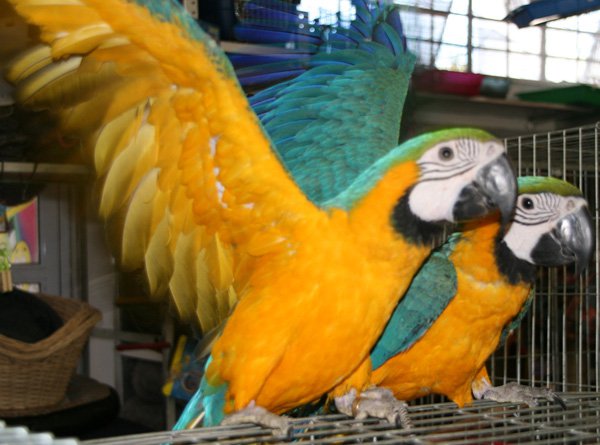Leonardo is known to have kept horses, along with dogs, cats and other animals. Although numerous animal studies are found throughout Leonardo's drawings, his most frequent animal sketches are of horses. His renderings are extremely detailed and life-like. He infused his renditions of animals with nobility ?a characteristic that stemmed from his deep love and respect for the animals he sketched and painted.
In the mid 1480s, Leonardo moved from Florence to Milan. At that time, Milan was one of the most powerful city-states in Northern Italy. And, it's Duke, Ludovico Sforza, commissioned Leonardo to make a horse like no other to honor the Duke抯 father, Francesco Sforzo. It was to be a massive, bronze-cast statue ?the largest statue ever built, standing 24 feet high.
Leonardo made a great number of preparatory drawings for his Sforza Horse. His notebooks are filled with proportional studies of horses. There are detailed diagrams of the anatomy of horses, along with notes on how to cast it, and it would weigh 80 tons once complete! Leonardo made the clay model to scale, but the bronze horse was not to be. In 1499, the French army threatened an attack. The metal intended for the Sforza Horse would be needed to make canons. Leonardo left Milan before the French Army marched on the city. Seeing the massive clay horse, the French soldiers could not resist using it for target practice.Thereafter it was reduced to rubble. Leonardo became despondent and at the same time, vowed to one day see his horse completely built.
Much has been written throughout history about the "Horse that Never Was". Five hundred years after the destruction of the clay model, based on the notes and sketches of Leonardo, the 24-foot bronze horse was cast. In fact, two full-scale statues were completed. One stands in Michigan, while the other was given as a gift to the City of Milan. United Airline Pilot Charles Dent made it happen. Upon seeing the original sketches that had been rediscovered in Spain, he started the process of raising the necessary funds to build the full-scale, bronze horse. His plan was to give it as a gift to the Italians from the Americans. Being something of a sculptor himself, he built a clay model of the horse to Leonardo's specifications. And, although Charles Dent died in 1994, his dream lived on and over four-million dollars was raised. On September 10th, 1999, exactly 500 years after the French destroyed Leonardo's clay model, the bronze statue was unveiled in Milan. On October 7th, 1999, a second casting of the horse was unveiled in Grand Rapids, Michigan. This second horse is known as the American Horse.
Along with his sudies of mammals, Leonardo made hundreds of bird sketches. In the medieval publication Lives of Artists, Giorgio Vasari tells how Leonardo would go to the markets and buy caged birds, and then open their cages, giving them back their freedom.(1) Leonardo studied the motion of their wings in flight as well as their anatomy and physiology. He wrote down and illustrated his own theories on the flight of birds and was inspired to make several sketches of mechanical flying machines. He wrote a treatise called Codex on The Flight of Birds in which he made diagrams of a helical wing, beating wings, a parachute, and bat wings. Later he realized the problems with human-powered propulsion and began making notes and diagrams of gliders. He also designed a machine based on a helical screw that was 32 or 33 feet in diameter.(2) It was supposed to lift off and fly as the blade rotated, resembling a modern-day helicopter.
Leonardo抯 passionate interest in studying animals was unique for his time. He studied and observed animals, and sketched and painted them with grace and realism. Other Renaissance artists like Michelangelo (1475-1564) and Raphael (1483-1520), who focused more on the humanity and divinity in art, did not include animals in their works to the extent as Leonardo did.(3) Without neglecting the Divine in Humanity, Leonardo above all other Renaissance artists, elevated all of nature and made it part of the Divine.
Sources: 1. http://www.fordham.edu/halsall/basis/vasari/vasari14.htm 2.http://www.bbc.co.uk/science/leonardo/studio/ 3.Kane, Douglas D. "Science in the Art of the Italian Renaissance II: Leonardo da Vinci's Representation of Animals in His Works" Ohio State University, 2002.
Copyright 2006 Melanie Light

 All You Need To Know About Ulcer In Horses
All You Need To Know About Ulcer In Horses
Ulc
All You Need To Know About Ulcer In Horses
All You Need To Know About Ulcer In Horses
Ulc
 Six Tips For Keeping Pet Scorpions Happy And Healthy
Six Tips For Keep
Six Tips For Keeping Pet Scorpions Happy And Healthy
Six Tips For Keep
 Benefits of buying Pet Food Online
Benefits of buying Pet Food Online
Pet Food is
Benefits of buying Pet Food Online
Benefits of buying Pet Food Online
Pet Food is
 Diarrhoea In Dogs And Puppies
Diarrhoea In Dogs
Diarrhoea In Dogs And Puppies
Diarrhoea In Dogs
 The Best Timber Chicken Coops For Your Poultry Business
The Best Timber Chicken Coops For Your Poultry Business
The Best Timber Chicken Coops For Your Poultry Business
The Best Timber Chicken Coops For Your Poultry Business